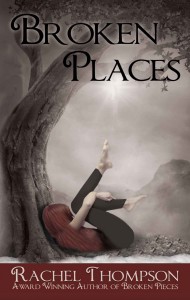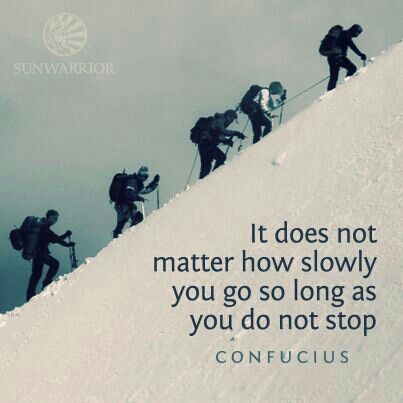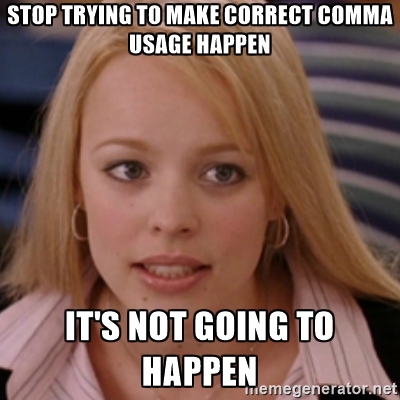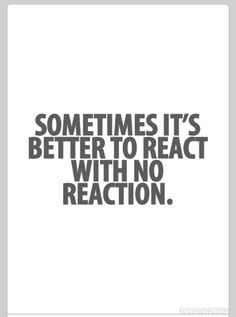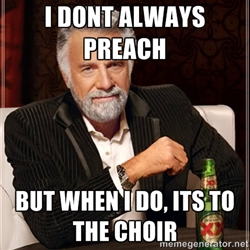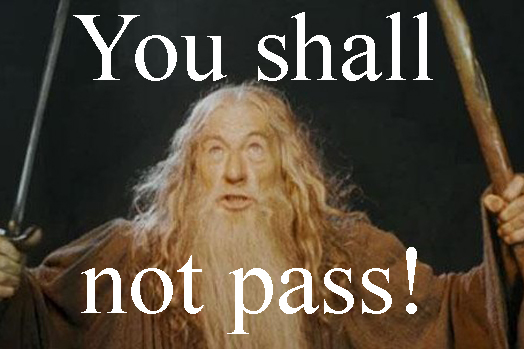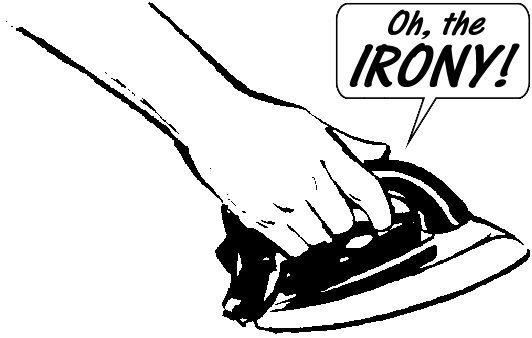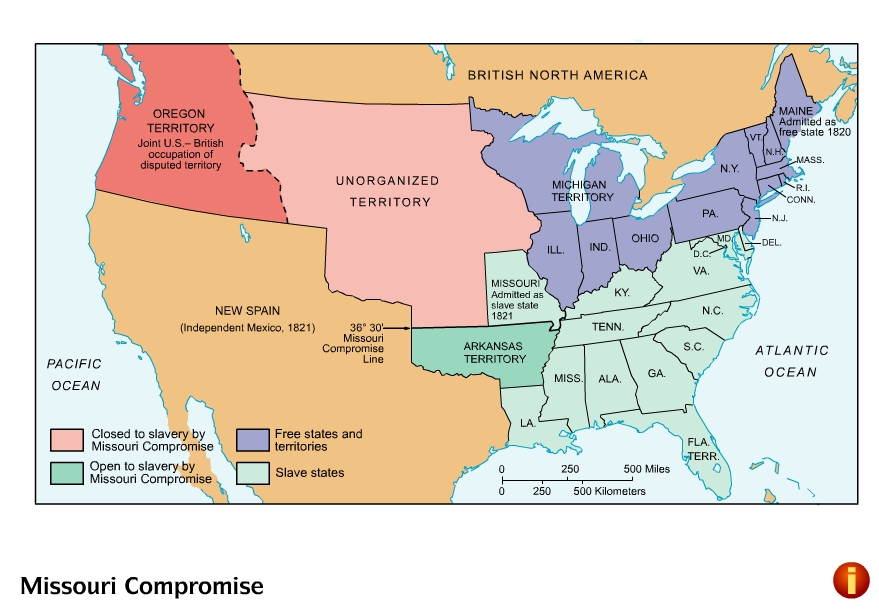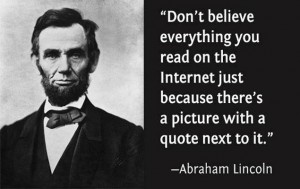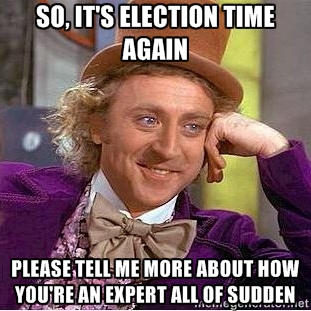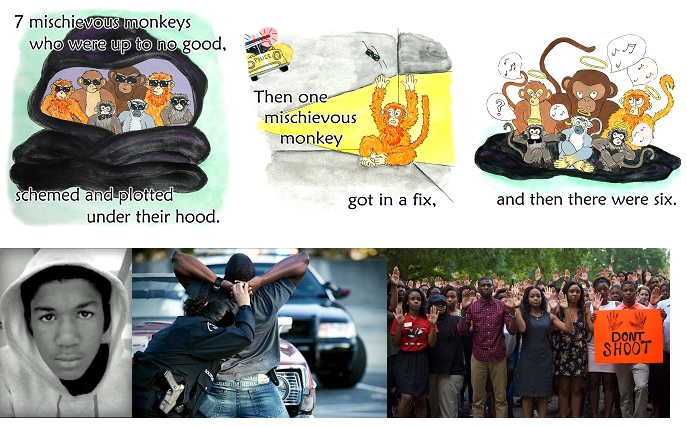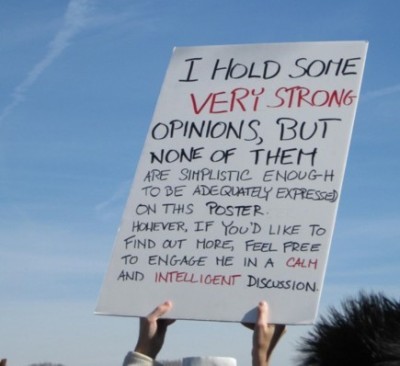I wanted to share the Twitter love, and give a shout out to some of the accounts that I follow whose content I enjoy!
Check out @RachelinTheOC who is the fearless leader of #MondayBlogs, #BookMarketingChat and #SexAbuseChat. She’s an author and advocate for child sexual abuse survivors and provides great retweets on writing advice and women’s issues. She has some great stuff!
Follow @WriterSideUp for tweets about reading and writing. In a recent blog post she provides a great list of interesting podcasts.
Follow @AndrewSurreal to get some awesome original paintings popping up in your timeline. They always make me smile!
Last, but certainly not least, I can’t get enough of @cutest_animals. What can I say? I’m a sucker for a puppy picture!
Who are your favorite people to follow?

